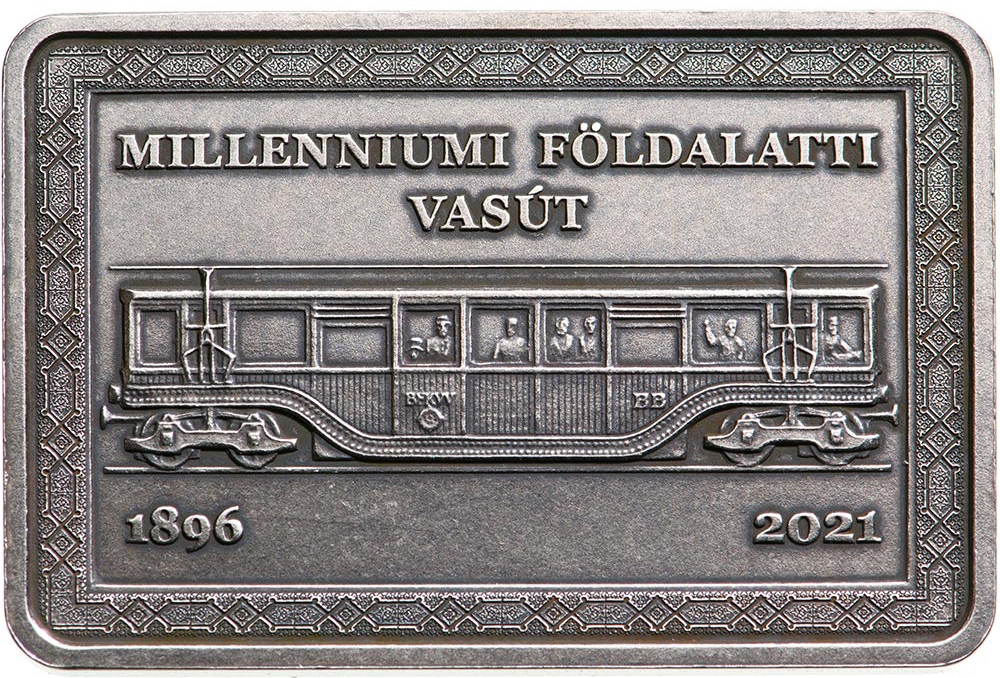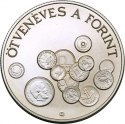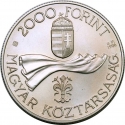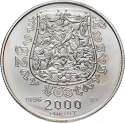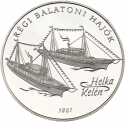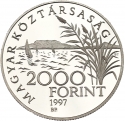You are about to finish your registration. Please check your mailbox (including spam folder). There should be a letter with a confirmation link. Check setting to make sure that your e-mail address is correct.
Send letter againDescription
The Millennium Underground Railway, now Metro 1, is Budapest's first metro line, running primarily beneath Andrássy Avenue. Opened in 1896, it was the first underground railway in continental Europe.
Construction began in 1860, inspired by the London Underground, with Siemens and Halske designing the plans. Emperor Franz Joseph rode the railway on May 8, 1896, and it was named in his honor. Initially, the 3700-meter line had 9 underground and 2 surface stops, with trains every 2 minutes and a peak daily ridership of 34,526 passengers.
Development paused until after World War II, with the railway initially operating with left-hand traffic. In 1973, the line was extended, moved entirely underground, and switched to right-hand traffic with modernized signaling and control systems. A full renovation in 1995 restored period-appropriate station designs and updated the track.
In 2002, the Millennium Underground and Andrássy Avenue were designated a World Heritage Site.
Engraver: Balázs Bitó
Obverse

|
Depicts a side view of a motor car with wooden cladding from the Millennium Underground Railway (BFKVV). Above it, in two horizontal rows, the inscriptions "MILLENNIUM UNDERGROUND" and "RAILWAY" are centered, with "1896" on the left and the issuance year "2021" on the right below the depiction. Along the edge, there is a depiction of a Zsolnay tile pattern bordering the names of the Millennium Underground Railway stations. The engraver's privy mark is integrated into the depiction of the motor car. MILLENNIUMI FÖLDALATTI |
|---|---|
Reverse

|
Depicts a station of the Millennium Underground Railway based on a 19th-century drawing, with people dressed in period clothing at the surface entrance and underground platform. Above it, arranged in three horizontal rows to the right, are the inscriptions "HUNGARY", the denomination, and "FORINT". At the bottom edge, on the left side, the mintmark "BP." is placed. MAGYARORSZÁG |
| Edge |
2000 Forint
125th Anniversary of the Millennium Underground Railway
Adamo# EM417
125th Anniversary of the Millennium Underground Railway
Characteristics
| Type | Commemorative Issue (Non-circulating) |
| Material | Copper Nickel |
| Weight | 27 g |
| Diameter | - |
| Width | 39.6 mm |
| Height | 26.4 mm |
| Thickness | - |
| Shape |
|
| Alignment | Medal |
| Mint |
Budapest Mint (BP)
|
